تحلیل SWOT چیست؟ SWOT شامل چهار جنبه است که با اولین حرف کلمه شروع میشود: «نقاط قوت»، «نقاط ضعف»، «فرصتها»
Continue reading
یادگیری یک چیز جدید هر روز


تحلیل SWOT چیست؟ SWOT شامل چهار جنبه است که با اولین حرف کلمه شروع میشود: «نقاط قوت»، «نقاط ضعف»، «فرصتها»
Continue reading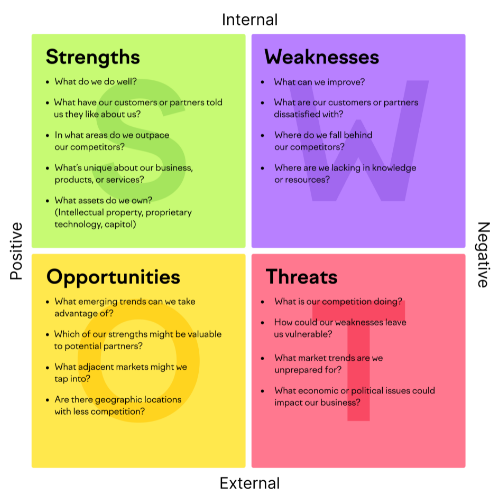
هنگام توسعه یک استراتژی بازاریابی، معمولاً از تحلیل SWOT برای شناسایی نقاط قوت و ضعف داخلی، فرصتها و تهدیدهای خارجی
Continue reading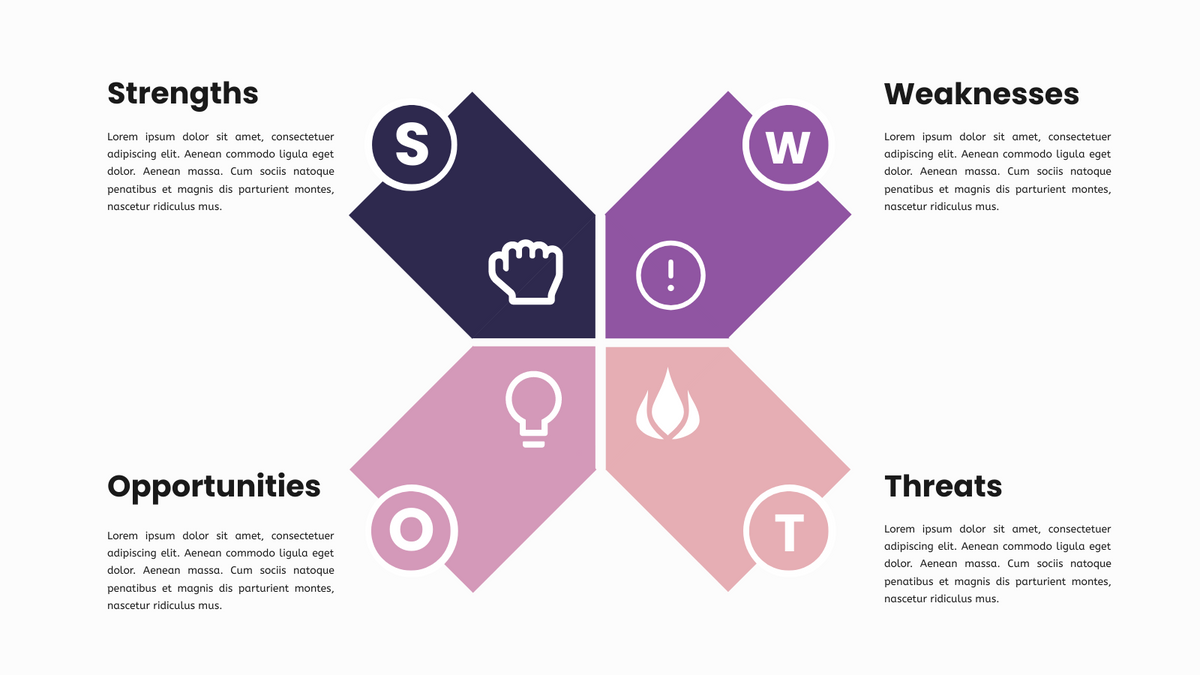
تحلیل SWOT چیست؟ تحلیل SWOT (که به عنوان تحلیل نقاط قوت، ضعف، فرصتها و تهدیدها نیز شناخته میشود) سادهترین راه
Continue reading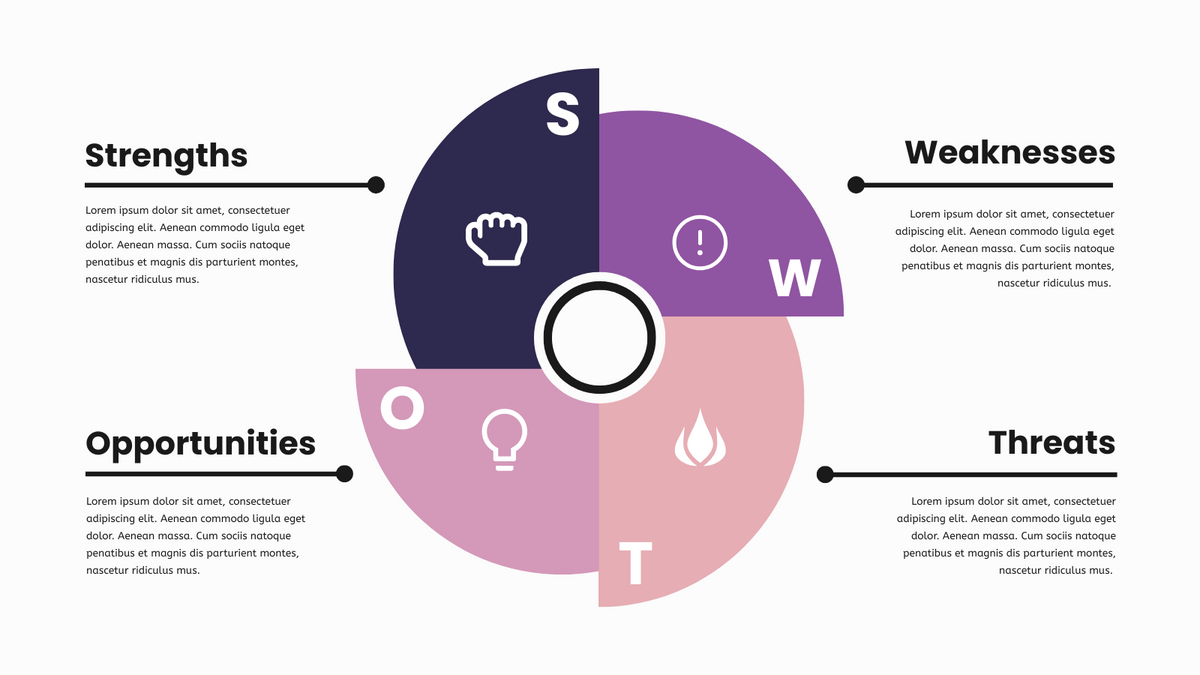
“If you know the enemy and know yourself, you need not fear the result of a hundred battles. If you know yourself but not the enemy, for every victory gained you will also suffer a defeat. If you know neither the enemy nor yourself, you will succumb in every battle.”
Continue reading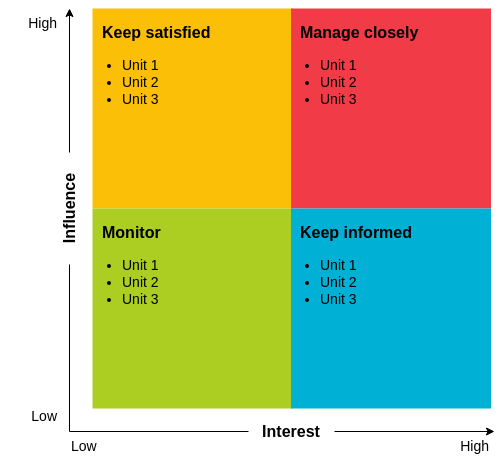
Stakeholder Analysis is a project management tool. It helps to identify internal and external stakeholders that may influence or be influenced by the solutions proposed during the project implementation which an important process that successful people use to win support from others. Managing stakeholders can help you to ensure that your projects succeed where others might fail.
Continue reading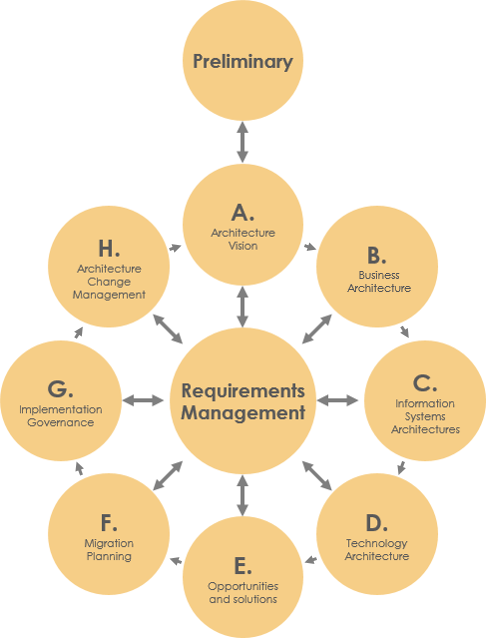
TOGAF ADM, short for TOGAF Architecture Development Method, is an architecture method suggested by TOGAF. It is a method for developing and managing the lifecycle of an enterprise architecture, and forms the core of TOGAF.
Continue reading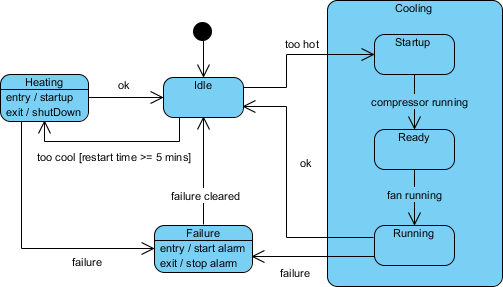
A simple state is one which has no substructure. A state which has substates (nested states) is called a composite state. Substates may be nested to any level. A nested state machine may have at most one initial state and one final state. Substates are used to simplify complex flat state machines by showing that some states are only possible within a particular context (the enclosing state).
Continue reading
A state-transition diagram presents a sequence of states that an object goes through during its lifecycle. It is used to describe the changes of states for an object or for a component.
Continue reading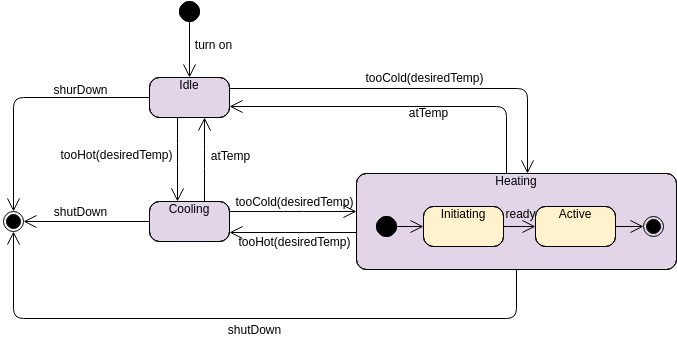
The behavioral things is the dynamic part of the UML model. These are the verbs of a model. Represents actions in time and space. In general, there are two main kinds of behavioral things. (1) Interactions (2) state machines. They are the basic behavioral things that you may include in a UML model, typically the state machine diagram. Semantically, these elements are usually connected to various structural elements, primarily classes, collaborations, and objects.
Continue reading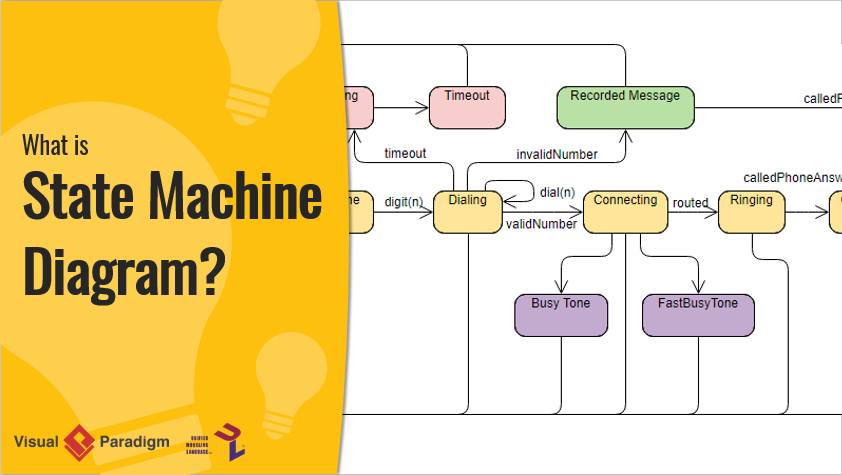
یادداشت نمودار ماشین حالت از OMG اسلایدهای ماشین حالت – یادداشتهای سخنرانی توسط ب. بکرت نمودار ماشین حالت چیست؟ نوشته
Continue reading